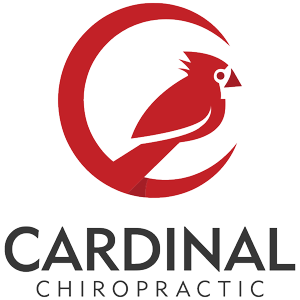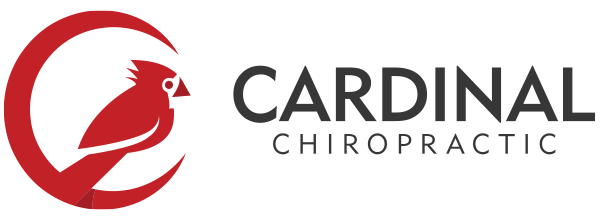Healthy spinal alignment and posture are an important part of your overall health. Abnormal deviations in your posture and spine can lead to many different health issues. Three main health issues can come from abnormal spinal alignment and abnormal postural deviations: pain and stiffness, decay, and nerve interference.
What is normal?
In order for anything to be considered abnormal, there has to be clear defined normal. As with any value in healthcare, (for example blood pressure, blood cholesterol, or blood sugar levels) there are normal healthy values for your spine and posture.
Ideal spinal alignment from the front view, the spinal column is vertically aligned as a straight column with respect to gravity. In the side view, the spine has three primary curves, cervical lordosis, thoracic kyphosis, and lumbar lordosis.

Photo courtesy of CBP Seminars
When observing normal posture, the center of mass of the skull (head), thorax (rib cage), and pelvis are all in a vertical line with respect to gravity.
Pain and Stiffness
When your spine and/or your posture moves from its healthy alignment, this can cause abnormal stress and strain on the muscles, joints, and discs. All of these areas are pain sensitive. Abnormal stresses on these areas, especially over a period of time, can be a cause of chronic pain and lack of mobility.
Arthritis and Decay
The curves in your spine act as your body‘s natural shock absorption. They absorb all the stresses and strains that your body deals with on a daily basis. You have the constant physical force of gravity on you 24 hours a day, seven days a week. It is imperative that your spine is stronger than the force of gravity. When it’s not, gravity will begin to win and your spine will start to break down.
When we think of an elderly person, we often think of someone as hunched over. This is not normal posture or a normal part of aging. This person, most likely, was not born this way. This is their spine, literally, collapsing under the weight of gravity due to abnormal postures or abnormal spinal alignments overtime. Their spine is decaying and degenerating due to stress. Your spine is built to last over 100 years. But due to the abnormal stresses and strains you put on it, it can decay faster than it should. I call this accelerated aging. This can lead to disability and disease.
Nerve Interference
Your spinal column protects your spinal cord and your spinal nerves. Your brain is the master controller of your body. It controls every function of every cell, tissue, and organ. From breathing to hormonal production, every system in your body is governed by your brain. Of the nine systems in your body, the nervous system is supreme.
Your brain communicates with your body through nerve impulses. Nerve impulses travel down the spinal cord to the spinal nerves and then to the different systems in your body. When you lose the natural healthy alignment of your spine, this will put abnormal stress on your nerves. This can cause dysfunction to whatever is at the end of the nerve. Some studies show that misalignments specifically in the neck can also lead to decreased blood flow to the brain.
You probably know someone, or perhaps experienced yourself, a disc herniation. Often times a disc herniation will occur in the low back and effect the sciatic nerve. Because the sciatic nerve sends strength and energy all the way down the leg into the foot, someone with a disc herniation in this area may feel pain, numbness, and tingling all the way down their leg and into their foot. But what if the nerve was going to a vital organ? What do you think your symptoms might be?

